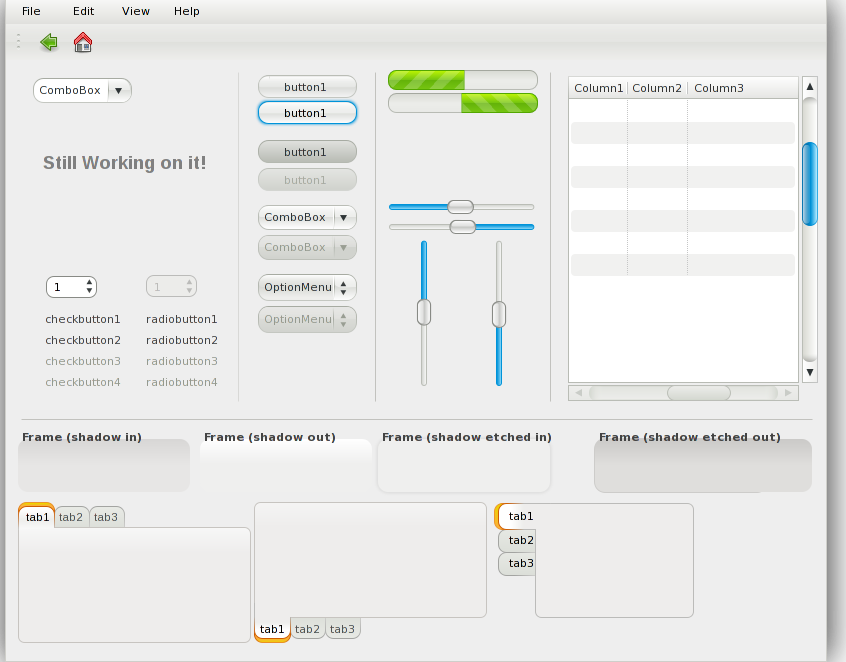Firts let me say - no, I am not going away from Fedora 9, but this release seems fatal for my sister's desktop computer (but works quite fine on my laptop).
When I first installed Fedora 9 (around beta) I was possitively impressed with it, as many things were improved and appart from video slowness everything seemed fine. The video fix required some action on my part + waiting for final. I switched to EXA in xorg.conf and in some of the updates for intel driver the slowness went away. If it wasn't for recent happenings I'd call Fedora 9 the best release ever, but now I am inclined to say the opposite - the worst Fedora release ever.
First brasero does not burn anything. It gets to the burn process, but never writes anything on the DVD, neither shows any progress (remains at 0%) nor any crash/fail messages. However it does not wreck the DVD and nautilus burned it fine, so I thought - oh, upstream has some bugs, it'll get fixed eventually.
But in the past two weeks I've encountered updates that broke a lot. First my computer started freezing (hard freeze) when connecting to wireless. Ok I switched to wired and waited for the fix (it's already fixed). Then gdm stopped loading. Ok I startx-ed from runlevel 3 to get my desktop running and waited for next update of gdm which fixed things. Today, I tried to burn an iso image of xfce spin of Fedora 9 I generated yesterday for purposes I describe later in the post. Nautilus fails. WTF? I remembered some rant about Fedora 9 updates on the planet fedora, in which the author said burning as user broke. So I tried burning it as root - successfully.
Well, as I use updates-testing, I can say these things are kinda expected, so I take them more like some kind of fun - you know, it's boring when everything works all the time :-D But that's for my laptop. Sister's desktop computers seems to hate Fedora 9.
The configuration is pretty old, odd and self-built - Athlon 900 MHx, GeForce 2 MX 400, 512 MB RAM, two HDDs (10 GB and 200 GB), one DVD burner, wifi card, SB Audigy 2. But it sort of worked with Fedora 6 - except for the wireless card. It was so much of a hassle to get it to work, that neither me (who wasn't able to get it work when we bought it), nor my father (who painfully got it work after hours spent on internet) wanted to do again. That's the reason I haven't upgraded to Fedora 7 or 8. Finally, in Fedora 9 the wireless card works out of box and my sister for some reason needed OpenOffice.org 2.4, so I decided to upgrade.
At first I had some problems with mislabled LVM (I have it extended over the two HDDs to gain more space). This I fixed with some help at, IIRC test-list (Fedora 9 was still in beta stage and I thought it was a bug in anaconda). Nevertheless I got it eventually installed.
I installed it using Live CD, because that way I can test if it works and the installation is faster. However after some time (and updates) problems started to appear - settings started to break. First what you notice is either missing wallpaper in GDM or notification message saying that default configuration for power manager is missing. WTF is that?! This does not happen all the time, which is strange even more. Also the worst case is after login missing icons in menus, missing wallpaper, metacity (if it is metacity) loaded in some strange mode with only window caption and one button in windows, panels layout totally off, half of the applications not working.
So I decided to try again and do another clean install. Install went fine, first log-in as well, but then kerneloops. Hm... I tought, it might not be fatal and sent that oops to devs. The issued yum update. During the update process, I got another kernel oops and several crashes - mostly of gconftool2 during some post-install stuff of some packages. Of course, after restart, the computer behaved broken and after loggin in, I got another kernel oops.
So one another install. Went fine, logged in, everything OK. Logged out - problem here: settings again could not be loaded. OK, restart to runlevel 3, startx and see if everything is OK, and do the updates, for convenience, do the updates from my laptop via ssh. Everything was OK, only on the command line I noticed a warring that /home/mso/.metacity/sessions/default.ms is missing. But that seems to be OK. After the updates I rebooted the computer to see, that it broke again. So reboot to runlevel 3 and startx to see that the computer is still broken. Also this time I got various gconf related messages, like that cursor size is set to 0 which is invalid, that window manager is not set, ... Also, when loggin in as mso, it says that /home/mso does not exist, even though I can cd to it :-/ That does not happen if I create new users, though the brokeness is even more for the new user - panel crash and the crash message displayed by bugbuddy is utterly useless.
So I decided to try build already up-to date spin - with xfce instead of gnome. Everything went fine, until disk formating with anaconda. It said that the disk is locked and crashed during format. Well, I give up now. I install once again the Desktop Spin, to have at least something on the computer and in the meanwhile I am downloading OpenSuSE 11.0 Gnome Live to see if it'll behave better.
Does anyone has suggestions how to fix/debug these issues, or what distro I might try?




















